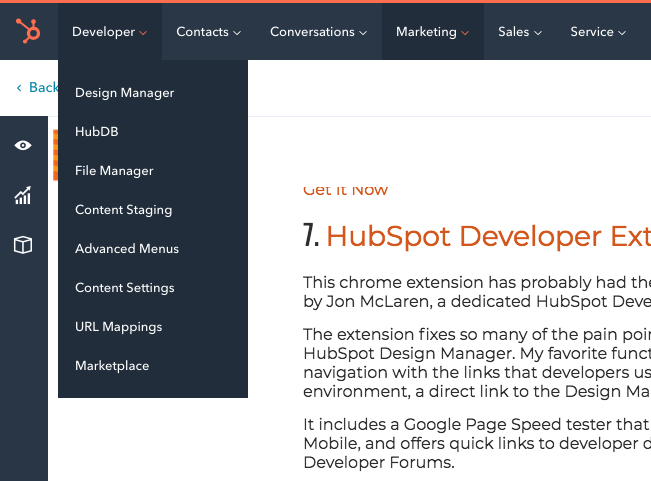In March we talked to Michael Atkinson about how wearable technology might impact restaurants into the future. Today we consider the broader impact of wearables on content marketing.

Wearables, or clothing and accessories embedded with smart technology to support individualized computing, are rapidly rising in popularity. With gadgets like smartwatches and Google Glass garnering more and more attention, the market for wearables is expected to be worth $8.36 billion by 2018.
What's even more exciting is that wearables are expected to make a lasting impact on content marketing in coming years.
What Wearables Can Do
 Wearables rely on emerging technologies like voice command and control, dictation, and pupil tracking to gather information from users. They also depend on sensory/scanning features and strong display output technologies, like the ability to display data from a smart watch wirelessly to a car screen or bathroom mirror.
Wearables rely on emerging technologies like voice command and control, dictation, and pupil tracking to gather information from users. They also depend on sensory/scanning features and strong display output technologies, like the ability to display data from a smart watch wirelessly to a car screen or bathroom mirror.
Wearable devices grant the wearer access to information in real-time as well as the ability to input and store data with ease. Above all else, their purpose is to support constant, convenient, seamless, portable, and mostly hands-free access to computing.
Most of us have already come into contact with (or at least heard of) wearables. Think fitness trackers (like Nike FuelBand and Fitbit, that measure activities and calories burned, sleep cycles, and skin temperature) and smartwatches (like Apple's rumored future iWatch) that have exploded in popularity.
So what's the connection to marketing?
Wearables Impact Content Marketing
According to the Content Marketing Association, wearables have the potential to redefine how marketers reach consumers.
They'll spur new content creation, both from marketers seeking to engage with wearable devices and from users themselves. Increased social sharing and user-generated content associated with smart devices will help marketers create more useful, targeted marketing.

New technologies will support improved communication. For example, Spritz's new push-text feature has the potential to rapidly increase the speed with which consumers read with headsets and watches. Marketers may also be able to embed extra content in print and physical advertisements that will appear when viewed through specific wearables, like smart glasses.
 But perhaps most importantly, wearables have the capacity to grant marketers access to the way consumers really feel. Heart rate and body temperature monitoring, when combined with existing GPS and personal transaction/social history, could provide strong insight into consumers' moods at any given moment. Similar to sentiment analysis (which analyzes text for attitude and affinity), marketers could use such mood analysis technology to tailor appropriate messages for individual consumers.
But perhaps most importantly, wearables have the capacity to grant marketers access to the way consumers really feel. Heart rate and body temperature monitoring, when combined with existing GPS and personal transaction/social history, could provide strong insight into consumers' moods at any given moment. Similar to sentiment analysis (which analyzes text for attitude and affinity), marketers could use such mood analysis technology to tailor appropriate messages for individual consumers.
Caveats
Wearables, as an emerging technology, also present potential issues that users and content marketers should be aware of:
- Need to have, not nice to have. In light of Nike's recent abandonment of full support for fitness wearables hardware, it is important to note that there must be a compelling reason to use wearables after their novelty wears off. They must be able to pass the "turn around test", meaning that users would turn around halfway to work if they had forgotten the device. Practicality must be considered, and wearables must offer capabilities so sought after that demand is strong and consistent.
- Privacy. As always, with increased technological functionality comes increased concern for privacy. Wearables are designed to be intuitive, gathering and reporting data in real-time without required manual user input, and are expected to communicate with peripherals seamlessly. Care must be taken, then, to assure that wearables maintain privacy not only for users themselves but for the general public that will have to engage with them indirectly.
- Fine line for content marketers. And, of course, content marketers specifically will have to ensure that the wearable-derived data they leverage is obtained legally, ethically, and with regard to consumer perceptions.

Your Thoughts?
What do you think? Are wearables the next best thing in advanced technology, a fad, or a privacy bomb waiting to erupt?
Let us know in the comments below!

-1.png)
